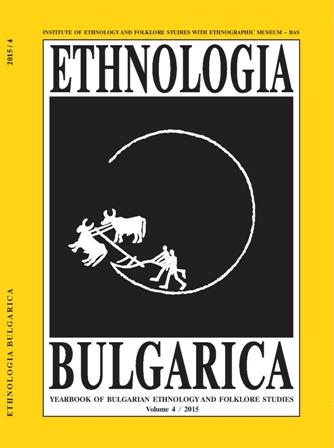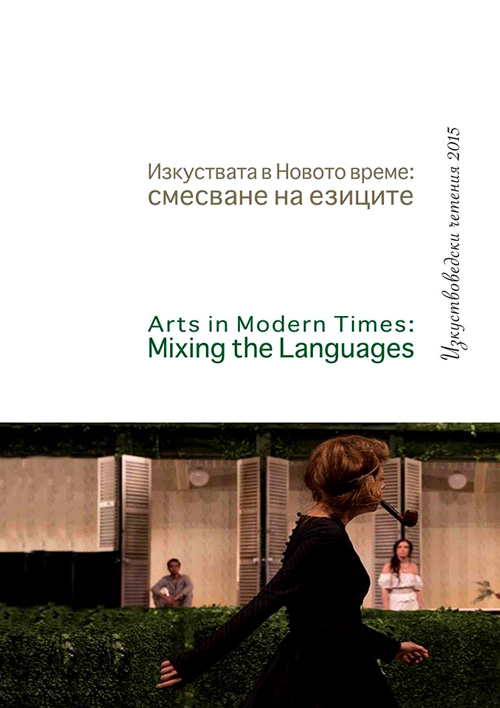
Kinship and New Reproductive Technologies. Examples from Bulgaria
Kinship and New Reproductive Technologies. Examples from Bulgaria
This article traces some of the changes that have occurred over the last two decades in the sphere of kinship relationships through the perspective of the new forms of assisted reproduction and the public debates that accompany their legislation and regulation. Taking as a launching point a specific realm in the anthropology of kinship since the end of the twentieth century, the article outlines the changes in the meaning and interpretation of kinship in the era of artificial conception, when the new tendencies of developing family as an institution parallel forms of assisted reproduction which challenge previous traditional notions and perceptions. The article presents an overview of major political, legislative, and ethical questions related to assisted reproduction and illustrates them with examples from the public debates on the introduction of such technologies in Bulgaria, and more specifically on the proposed law about surrogate motherhood submitted in 2011. The emphasis in the text falls not on the medical and technological aspects of the new forms of assisted reproduction, but rather on the role of the latter in rethinking the existing patterns of kinship relationships (mostly the category of parenthood), as well as on their contribution to various discussions about kinship in present-day societies.
More...
